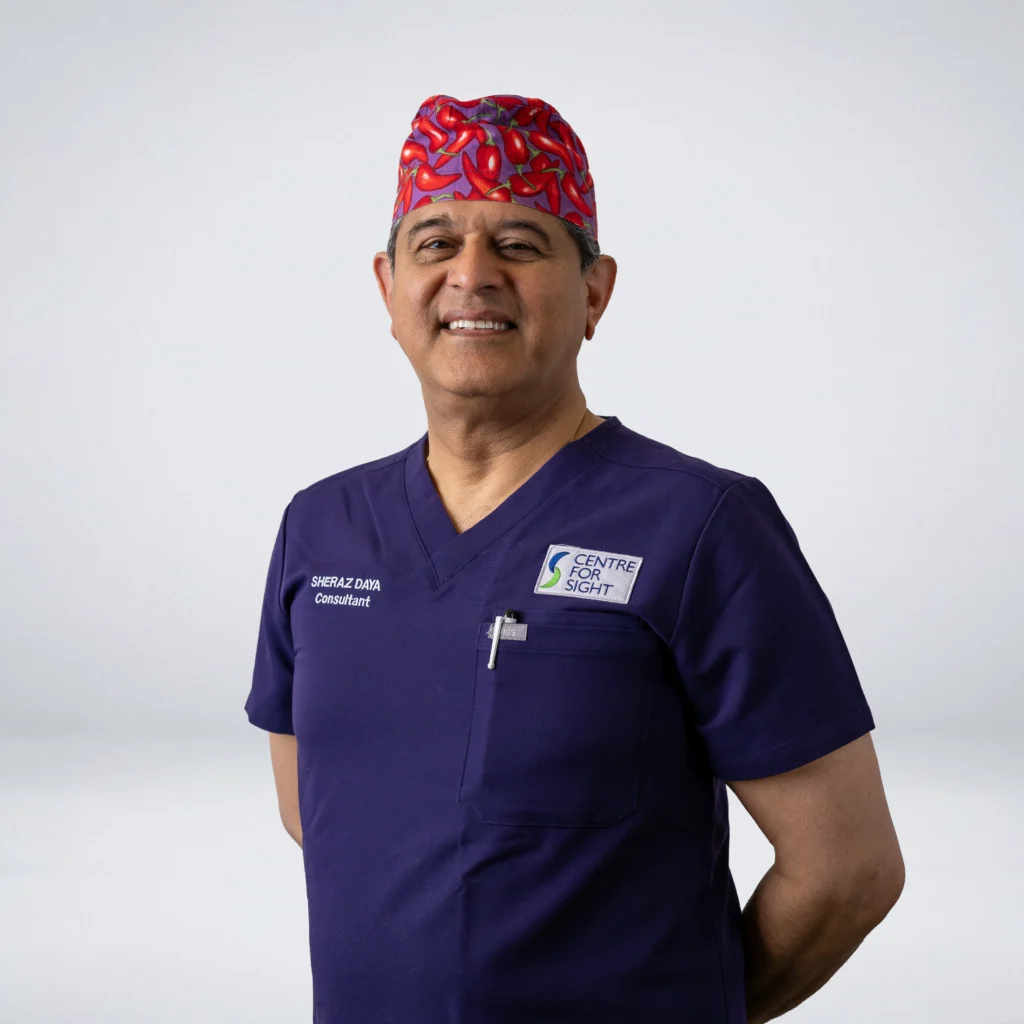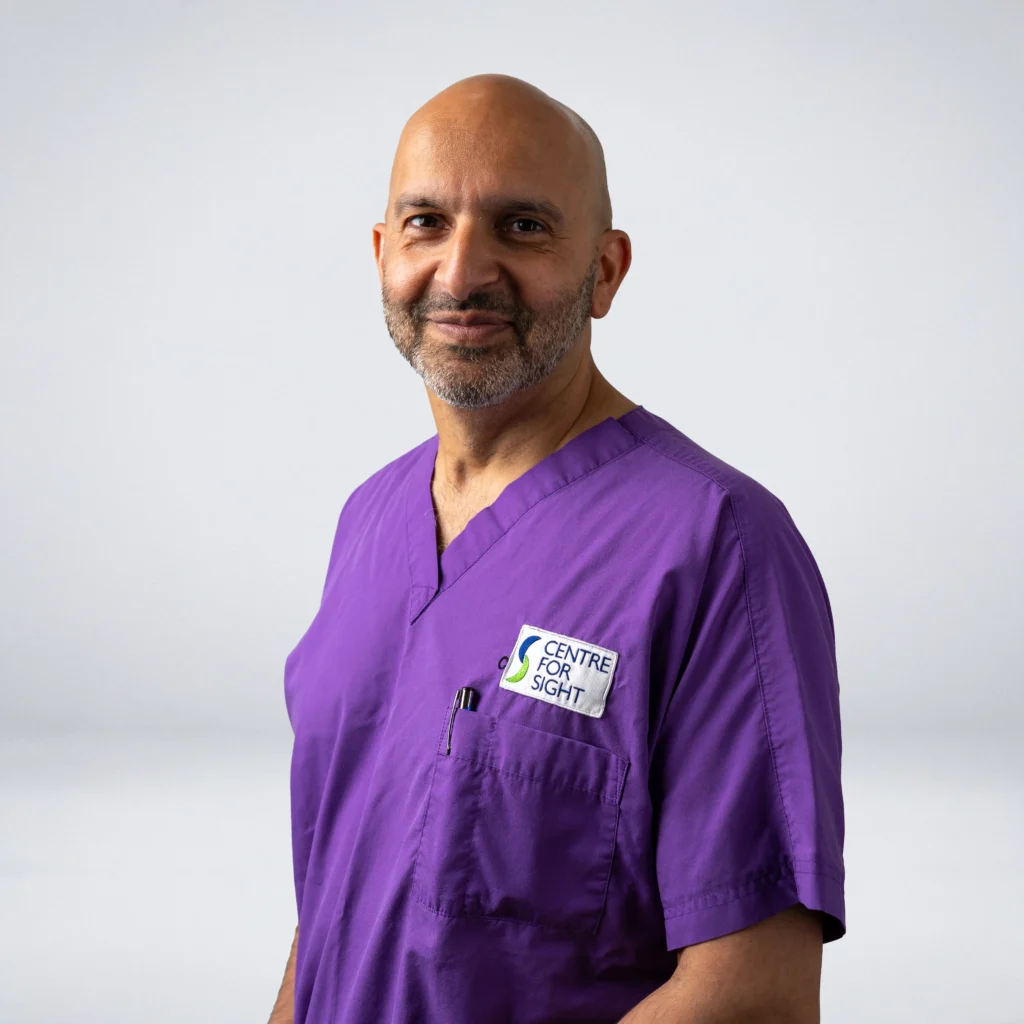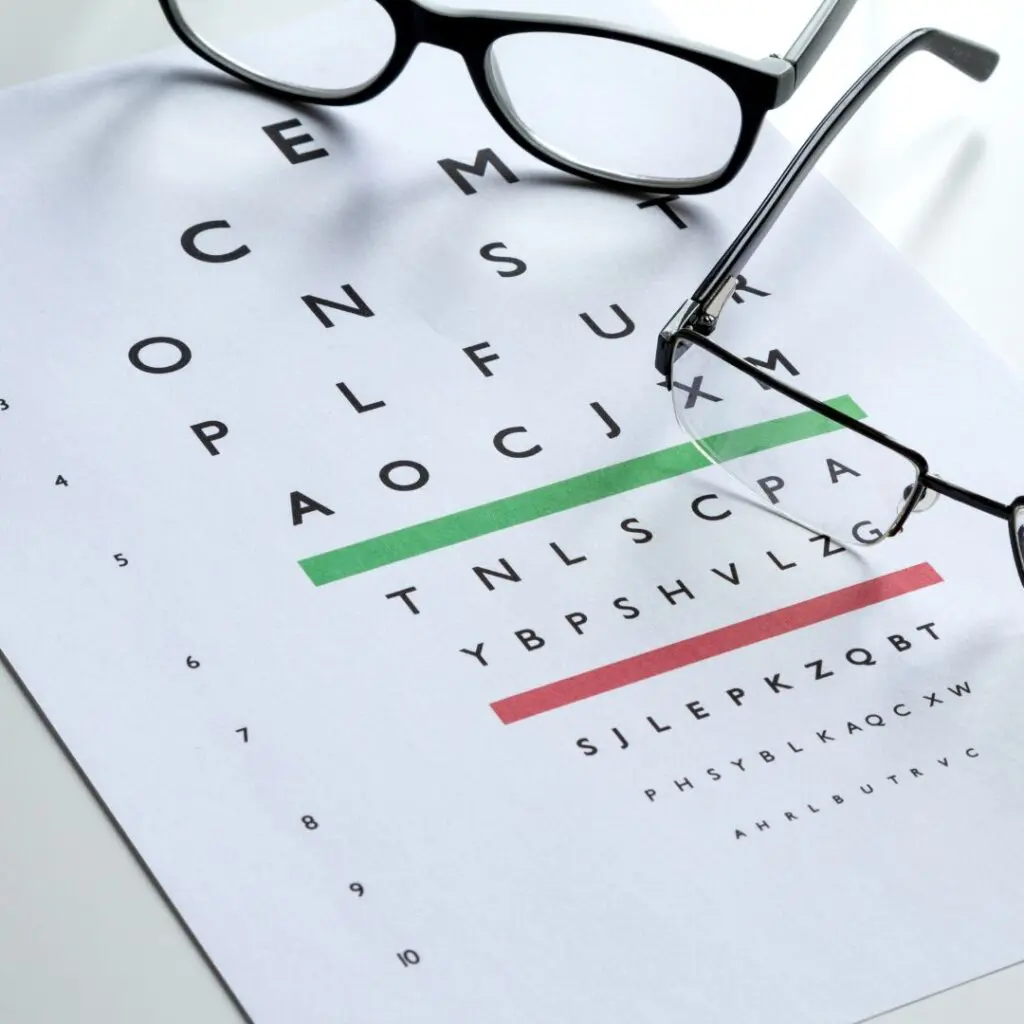Who is suitable for LASEK / PRK?
To be considered suitable for LASEK / PRK (or any laser vision correction), patients generally need to meet certain criteria:
- A stable prescription for at least 12 months
- Healthy eyes free from untreated infection or significant dry eye
- Sufficient corneal health and shape for safe treatment
- Over 18 years of age (age suitability may vary based on individual factors)
Some patients may not be ideal candidates. For example, those with very thin or irregular corneas, certain medical conditions (such as autoimmune disorders), or who are pregnant or breastfeeding. A full consultation with Centre for Sight will assess all individual factors and determine the most appropriate treatment for your needs.















